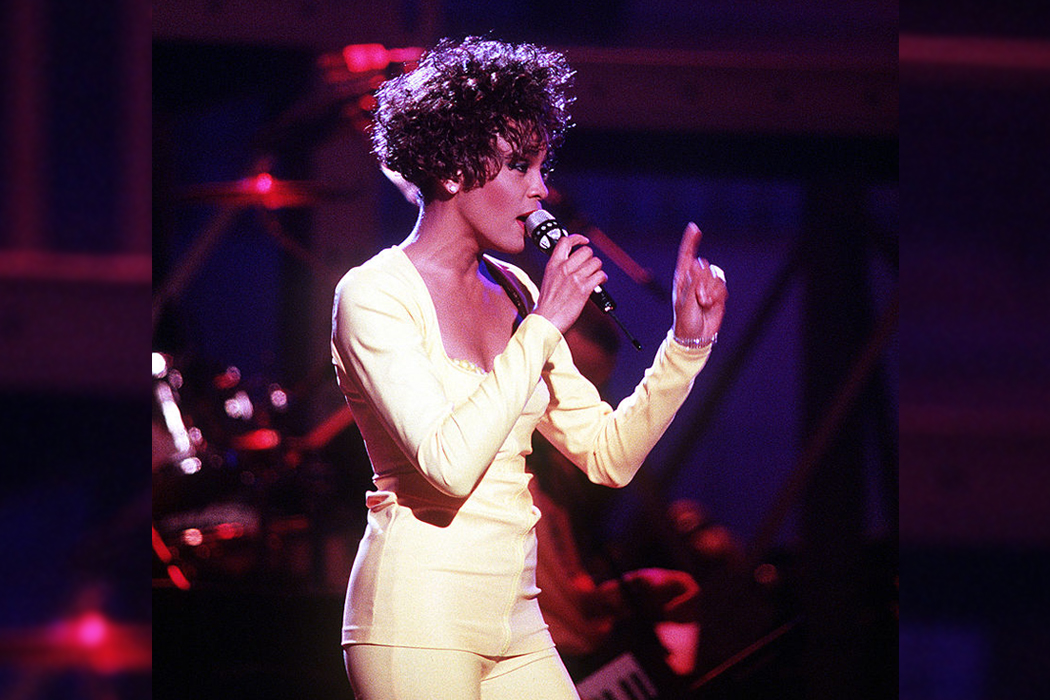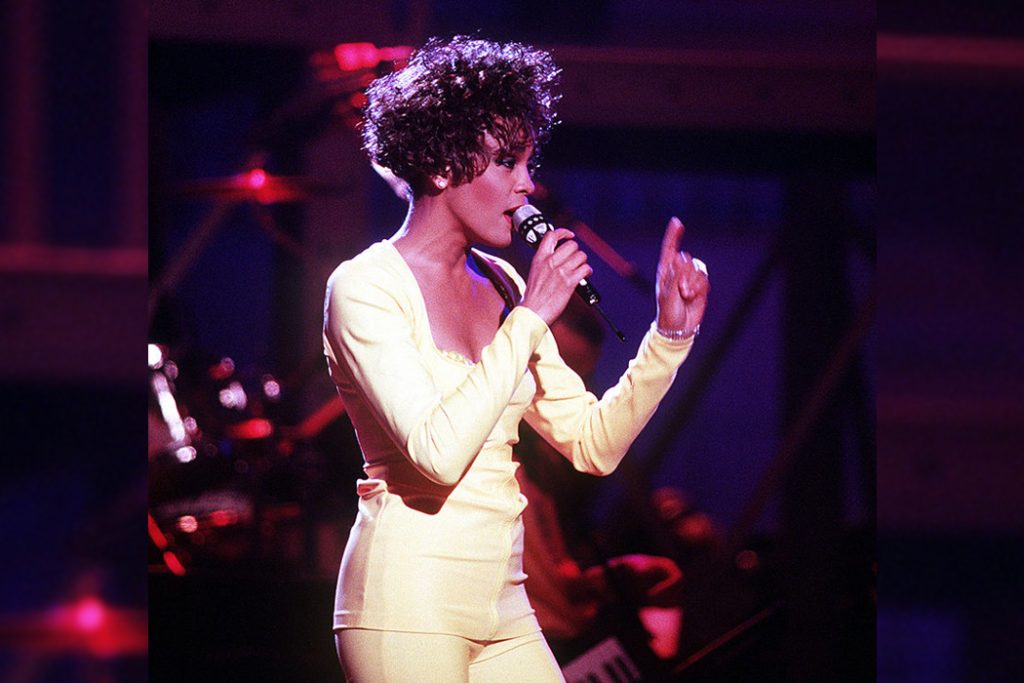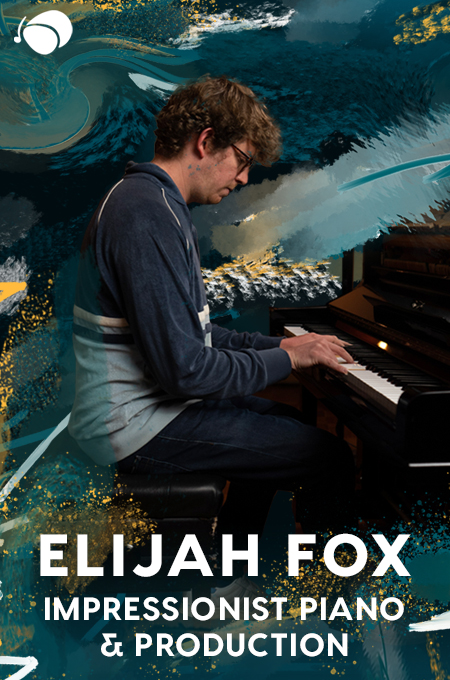
+ Create deep, complex chord progressions and melodies in your tracks with Soundfly’s highly-acclaimed course Unlocking the Emotional Power of Chords. Preview a lesson for free and subscribe for unlimited access for only $39!
By Hunter Farris of the Song Appeal Podcast
When we’re listening to a song, how much does the tune’s structure really matter? How much does it really matter which notes are in the verse versus the chorus? How much does it really matter when the chorus happens or when the verse happens?
Music psychologist Carol Krumhansl once argued that when we listen to a song, “How the parts are perceived depends on their functions in the whole.” So we’re going to hear a song differently depending on whether we hear the verse or the chorus first. And if we jump into a song halfway, we’ll get a completely different experience all together.
To really understand why, let’s look at one song where the verse and chorus really do act differently and serve different functions, and look at how they interact with each other; let’s take a look at “I Wanna Dance With Somebody” by late great Whitney Houston.
Narada Michael Walden, who produced “I Wanna Dance With Somebody,” once said that recording this song “was about trying to create the best possible record that will last for hundreds of years.” And that’s exactly what they got. It was a #1 hit when it was released in 1987, and over 30 years later, people still dance to this at weddings and sing their hearts out to it.
Alright, so how does this just happen?
Whitney Houston was a definitely a great singer and an animated, entertaining performer, sure; she makes the song glimmer, but that’s not the only ingredient. The instrumentals, the lyrics, the melodies and harmonies, all have to match, and be enjoyable too. In this song, melody clearly plays a really important role.
To find out just how important, I interviewed two experts: Assistant Professor of Music at the University of Lethbridge, Bryn Hughes, and PhD student at Queens University, Anja Cui. Both actively research music cognition, drawing from music theory and behavioral science as well as cognitive psychology, and as Cui puts it, “Basically how people listen to music and what happens when they’re listening to music.”
Let’s take the major scale for example.
“I Wanna Dance With Somebody” uses the first, third, and fifth notes on that scale more often in the chorus than in the verses and pre-choruses. Since Cui and Dr. Hughes have each worked on different versions of an experiment about how notes 1, 3, and 5 on a scale affect us psychologically, they can tell us a lot about why that difference matters through the lenses of music theory, music psychology, and cognitive psychology alike.
+ Learn production, composition, songwriting, theory, arranging, mixing, and more — whenever you want and wherever you are. Subscribe for unlimited access!
Tonal Hierarchy
When Houston’s song focuses on notes 1, 3, and 5, it’s focusing on the notes that rank highest in what music theorists call the “tonal hierarchy.” Hughes describes it as such: “The tonal hierarchy is this idea that certain notes are sort of more important than others.” In the major key, we generally talk about four levels of note importance.
Level one:
Hughes says, “So if you’re in the key of C major, at the top of the hierarchy is the note C. Because that’s the most important note in the key of C major.” That’s the root or tonic of the scale, and the name of the scale — and so it’s the most important note.
Level two:
He goes on: “And the next two notes on the hierarchy are E and G.” Those are the third and fifth notes of the C major scale, they make up the basis for the C major chord, and so they are of secondary importance.
Level three:
According to Hughes, “The remaining notes, on the next rung down, are all of the notes left in the key of C major that are not C, E, or G. So that would be D, F, A, and B.” These are the diatonic notes that produce other chords in need of resolving back to the root.
Level four:
Lastly, we have the lowest level of hierarchical importance. This would be all of the notes in Western harmony that are not contained within the C major scale, like D♭, E♭, A♭, and B♭.
If we changed those notes to their respective diatonic scale degrees, it would look like this:
- Level one: C (1)
- Level two: E (3) G (5)
- Level three: D (2) F (4) A (6) B (7)
And then of course, all the notes that aren’t in the scale would be numbered and identified in relation to their function in a chord, but we won’t go into that right now. This all came about as a result of music psychologist Carol Krumhansl’s experiments on how average listeners judged the placement of a “probe tone” in a short melodic excerpt. These tests would later be known as “the probe tone experiments.”
Cui and Dr. Hughes have each done their own different variations on the probe tone experiments.
[AC]: “If you imagine you are participating in one of these experiments, you’ll get played a short melodic excerpt, say, a scale, then you get played a tone. And then you have to rate on a scale of 1-7 how well you think the tone fits with the music that was played before. Based on those ratings, you can order basically how well people think various tones fit in with the same context.”
[BH:] “What Krumhansl found was that the ratings, you know, ‘How well each note fit’ reflected exactly the tonal hierarchy.”
[AC]: “I think the most interesting thing about this is that even participants or listeners who don’t have any musical training show the similar patterns. So in your head, I’m sure you’re not really thinking, ‘How important is that tone?’ You’re giving it a rating based on your gut feeling.”
So what gives us that gut feeling?
Krumhansl proposed that we’ve heard enough songs in major keys to be able to pick up on what songs in major do, and how they should sound. Just like when you watch enough spy movies, you can basically predict what’s supposed to happen in the spy movie you’re about to watch. Cui says, “I’m assuming that most people hearing ‘I Wanna Dance With Somebody’ would know that it’s in major even though they might not know it’s called major.”
And according to the probe tone experiments, most people also probably recognize that the notes 1, 3, and 5 are also going to be pretty important in the melody. Houston’s song “I Wanna Dance With Somebody” is not in the aforementioned key of C major, but it is in a different major, the key of G♭ major, and this tonal hierarchy works in any key, so let’s use the numbers and look at it the way we’d look at any song on Earth.
Remember above when we identified that Houston uses the notes 1, 3, and 5 more in the chorus than the verse? Those notes are hierarchically more important, and so they appear in the most important section of a song: the chorus. The chorus is hierarchically more important from a structural standpoint, so part of the reason this song is so effective at creating a memorable musical experience is that it joins predictable notes with their predictable placement in the song.
That’s pleasurable to use because of something cognitive scientists call the “fluency heuristic,” a psychological shortcut our brains use that’s associated with pleasure. In other words, the human brain likes things it can process faster. And with good reason! With so much going on every second, your brain has to focus on the things it can process quickly just to keep up.
Cui reiterates the results of the probe tone experiments and explains that “Tones that fit well often are also easier to process.” Not only do the tonic tones fit the best, they help our brain process all of the information faster.
The verses of “I Wanna Dance With Somebody” contain those three top-tiered notes (1, 3, and 5) 57% of the time and the pre-chorus contains them 50% of the time. But the chorus uses these notes 85% of the time, meaning that it’s both pleasurable and predictable when it repeats and allows us to sing along in our heads (or in our showers).
This isn’t to say that we only like songs because our brains are lazy. It has to do with how our brains process new information as it fits into a given context, in this case, how melodic notes fit into a key.
Sometimes, I’ll mention “I Wanna Dance With Somebody” and someone in the room will just start singing the chorus immediately. Part of that has to do with this melodic context stuff and the tonal hierarchy of certain notes that dominate that section, but it also has to do with other stuff like lyrical repetition in the chorus, tonal resolution, the rhythm and meter, and even with personal memories we might attribute to that song. Cognitive science can explain a portion of this, but not all of it, as Cui is sure to mention.
[AC]: “That’s fundamentally the trouble of trying to apply specific scientific experiments to songs. The whole idea of scientific experiments is to try to control as many things as possible, and sometimes that ends up happening by stripping away some of the things that happen in real life: like lyrics, like meter, and so on. And now you have this song, which has all these extra things that are not part of music cognition experiments — anything you say that the scientific experiments might predict are confounded by the fact that in real life, there are all these other things that weren’t part of the experiment.”
This song is a great example of how music theory and psychology can help the songwriting process. In essence, you want to try to structure how listeners bring their sense of joy through the song, with the ultimate high point being in the chorus where lyrics and melodies are all repeated for better recall. Now you’ve got a tonal hierarchy to work with to make that section, and the others leading up to it, even stronger.
Want to get all of Soundfly’s premium online courses for a low monthly cost?
Subscribe to get unlimited access to all of our course content, an invitation to join our members-only Slack community forum, exclusive perks from partner brands, and massive discounts on personalized mentor sessions for guided learning. Learn what you want, whenever you want, with total freedom.
—
 Hunter Farris runs the Song Appeal podcast, which focuses on the psychology behind why we like the music we like. His podcast on music theory and music psychology has appealed broadly enough for Hunter to speak at Comic-Con 2018, and is instructive enough to be used as homework by a music theory professor. He currently teaches people to play piano by ear and make their own arrangements of other people’s music.
Hunter Farris runs the Song Appeal podcast, which focuses on the psychology behind why we like the music we like. His podcast on music theory and music psychology has appealed broadly enough for Hunter to speak at Comic-Con 2018, and is instructive enough to be used as homework by a music theory professor. He currently teaches people to play piano by ear and make their own arrangements of other people’s music.





